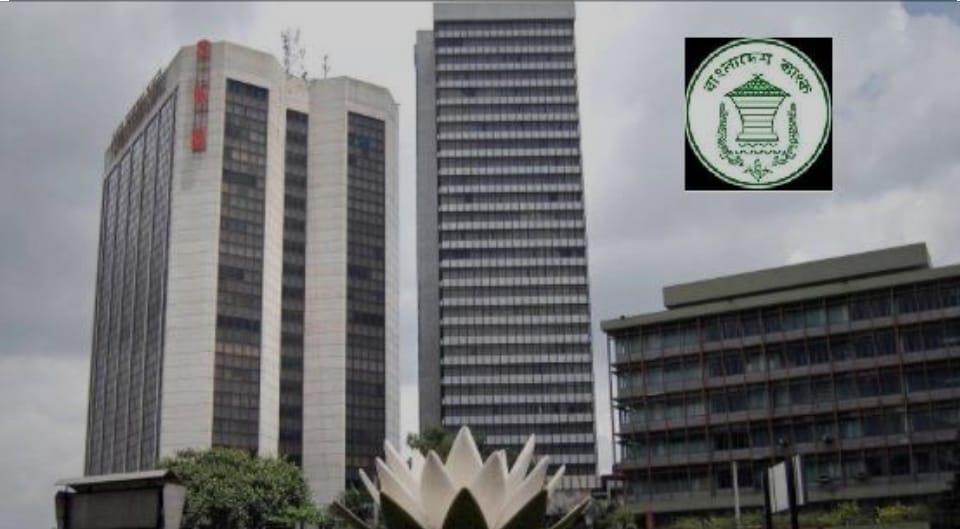By Nawab Chowdhury
In a bid to fortify the banking sector and bolster financial stability, Bangladesh Bank has put forth a strategic proposal to merge struggling or underperforming banks with their more robust counterparts.
The initiative aims to address the longstanding challenges faced by weak banks while fostering a healthier and more resilient banking landscape in the country.
The proposal comes at a critical juncture, as Bangladesh seeks to enhance the efficiency, competitiveness, and resilience of its banking industry.
Over the years, the sector has encountered various issues, including non-performing loans, governance lapses, and operational inefficiencies, which have undermined its overall effectiveness and stability.
By consolidating weak or troubled banks with stronger institutions, Bangladesh Bank aims to mitigate the risks associated with financial instability while streamlining operations and improving governance standards. This proactive approach is essential for safeguarding depositor interests, maintaining investor confidence, and promoting sustainable economic growth.
The consolidation process would involve a thorough assessment of the financial health, risk profiles, and operational capabilities of individual banks to determine suitable merger partners. Strong emphasis would be placed on preserving financial integrity, ensuring regulatory compliance, and minimizing disruptions to customer services during the transition period.
Furthermore, the proposed mergers are expected to yield several benefits for the banking sector and the broader economy. By pooling resources, expertise, and market presence, merged entities can achieve economies of scale, enhance risk management practices, and expand access to financial services across different regions and sectors.
Moreover, the consolidation would facilitate the rationalization of branch networks, optimization of technological infrastructure, and adoption of best practices, leading to cost efficiencies and improved service delivery for customers. Additionally, it would create stronger, more resilient institutions better equipped to withstand economic shocks and navigate evolving market dynamics.
However, while the merger initiative holds immense potential for revitalizing the banking sector, its successful implementation hinges on effective coordination, transparent governance, and robust regulatory oversight. Bangladesh Bank, in collaboration with relevant stakeholders, must ensure that the consolidation process is conducted equitably, transparently, and in accordance with established regulatory frameworks.
In conclusion, Bangladesh Bank’s proposal to merge weak or troubled banks with stronger counterparts represents a proactive and forward-thinking approach to reforming the banking sector. By fostering consolidation, the initiative aims to enhance stability, efficiency, and competitiveness within the industry, ultimately contributing to sustainable economic development and financial well-being for all stakeholders


